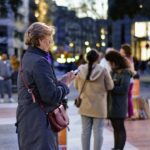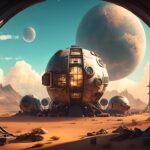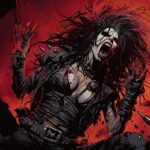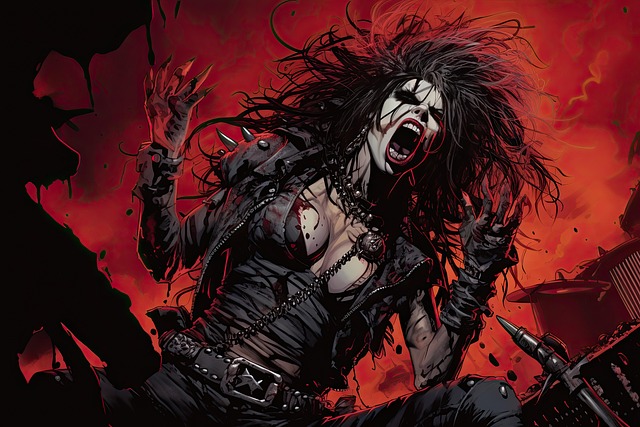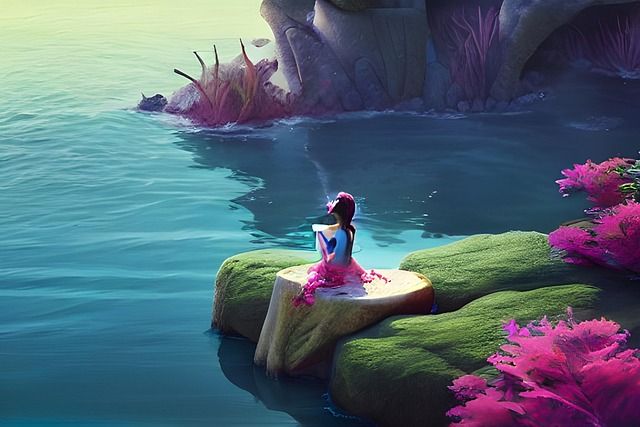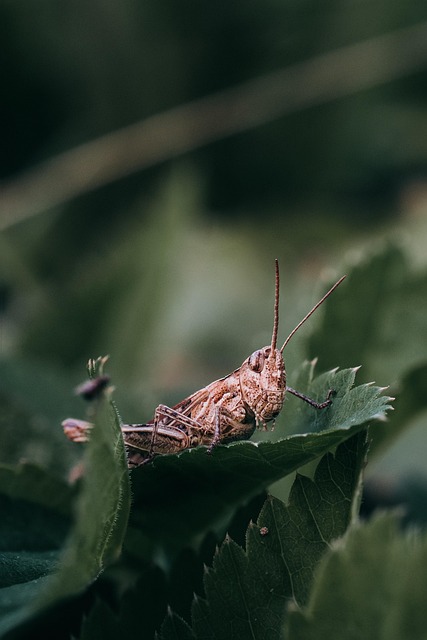# Essential AI Tools for Artists: Elevate Your Work and Explore New Horizons in the Digital Age
In the rapidly evolving landscape of visual and digital art, artificial intelligence (AI) is playing a transformative role. Artists and creative professionals are increasingly turning to AI tools to enhance their workflows, inspire new ideas, and push the boundaries of their creativity. This article explores some of the most essential AI tools for artists, including DALL·E, Midjourney, Stable Diffusion, Runway ML, and Adobe Firefly. We’ll delve into how these tools assist with digital illustration, concept art, video generation, and design work, providing real examples from artists who have embraced these technologies.
## The Rise of AI in the Art World
As technology advances, the integration of AI into the creative process has become more sophisticated. AI tools for artists are being used to generate unique artworks, assist in ideation, and streamline production processes. These tools not only save time but also open up new avenues for creativity that were previously unimaginable.
### Key AI Tools for Artists
#### 1. DALL·E
DALL·E, developed by OpenAI, is an AI model capable of generating images from textual descriptions. This generative art tool allows artists to create visuals that may not exist in reality, simply by describing them in words.
– **Use Cases**:
– Concept art for games and films
– Unique illustrations for blogs and marketing
– Visual brainstorming for creative projects
**Example**: Artist and designer Sarah Zhang used DALL·E to create a series of surreal landscapes for her portfolio. By inputting imaginative prompts, she was able to generate a variety of scenes that served as inspiration for her hand-painted works.
#### 2. Midjourney
Midjourney is another AI-driven platform that specializes in generating high-quality images from text prompts. It focuses on artistic styles and offers a community-driven approach, allowing users to share and collaborate on their creations.
– **Use Cases**:
– Creating mood boards for projects
– Generating backgrounds and textures for digital art
– Enhancing visual storytelling in comics
**Example**: Comic artist Mike Thompson utilized Midjourney to develop character designs and environments for his latest graphic novel. By experimenting with different prompts and styles, he discovered new visual themes that enriched his storytelling.
#### 3. Stable Diffusion
Stable Diffusion is an open-source text-to-image model that has gained popularity for its flexibility and accessibility. Artists can run it locally, allowing for customized outputs and control over the creative process.
– **Use Cases**:
– Customizing artwork to match specific themes or styles
– Rapid prototyping of visual concepts
– Collaborating with other artists by sharing models and outputs
**Example**: Digital artist Emma Lee used Stable Diffusion to create a series of character illustrations for a video game pitch. By fine-tuning the model to reflect the game’s aesthetic, she produced visuals that resonated with her team’s vision.
#### 4. Runway ML
Runway ML is a powerful platform that combines AI with creative tools for video, audio, and image editing. It provides artists with features like video generation, real-time collaboration, and advanced editing capabilities.
– **Use Cases**:
– Generating video content from static images
– Enhancing video production with AI-driven effects
– Collaborating on projects with remote teams
**Example**: Filmmaker Alex Rivera leveraged Runway ML to create a short film that integrated AI-generated visuals with live-action footage. The tool allowed him to experiment with different styles and effects, giving the film a unique aesthetic.
#### 5. Adobe Firefly
Adobe Firefly is Adobe’s suite of generative AI tools designed for creatives. It enables users to generate images, text effects, and other design elements that can be seamlessly integrated into Adobe’s Creative Cloud applications.
– **Use Cases**:
– Creating custom graphics for branding
– Designing promotional materials with unique visuals
– Enhancing traditional art with digital elements
**Example**: Graphic designer Rachel Kim used Adobe Firefly to create a series of promotional posters for a local art festival. The tool’s ability to generate unique typography and imagery helped her stand out in a competitive market.
### How AI Tools are Reshaping the Creative Process
AI tools for artists are not just about automation; they are about enhancing creativity. Here are some ways these tools are reshaping the creative process:
– **Inspiration Generation**: AI can provide a wealth of ideas and concepts that artists can build upon, sparking new directions in their work.
– **Time Efficiency**: By automating repetitive tasks, artists can focus more on the creative aspects of their projects.
– **Collaboration**: Many AI tools foster a sense of community, allowing artists to share their creations and collaborate on projects.
– **Accessibility**: Open-source tools and user-friendly platforms make advanced technology available to artists of all skill levels.
### The Future of AI in Creative Fields
The integration of AI in the art world is just beginning. As technology continues to evolve, we can expect to see even more innovative applications of AI tools for artists. The potential for generative art tools to collaborate with human creativity is vast, paving the way for new art forms and experiences.
**Key Trends to Watch**:
– **Increased Personalization**: AI will enable more tailored experiences, allowing artists to create works that resonate deeply with their audiences.
– **New Art Forms**: The fusion of AI-generated elements with traditional techniques could lead to entirely new genres of art.
– **Ethical Considerations**: As AI becomes more prevalent, discussions around copyright, ownership, and the role of the artist will become increasingly important.
### Conclusion
AI tools are revolutionizing the way artists create and connect with their audiences. By leveraging technologies like DALL·E, Midjourney, Stable Diffusion, Runway ML, and Adobe Firefly, artists can elevate their work and explore new horizons in the digital age. As we look to the future, the collaboration between AI and human creativity promises to unlock unprecedented possibilities in the world of art. Embracing these tools not only enhances artistic expression but also invites a new era of innovation and collaboration in the creative fields.
By staying informed and adaptable, artists can harness the power of AI to redefine their creative journeys and inspire the next generation of visual storytellers.

